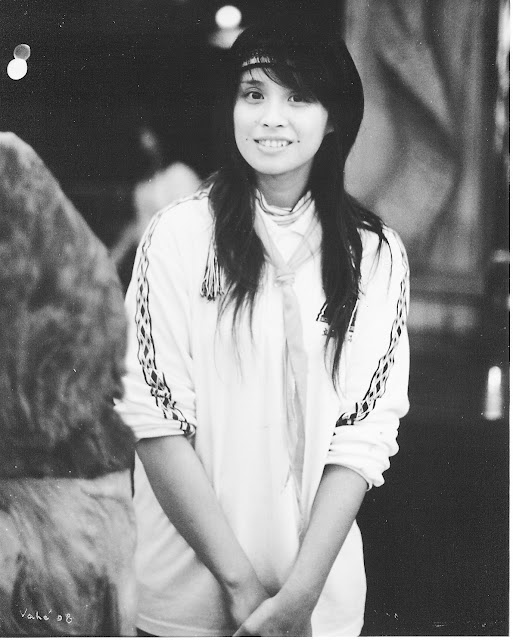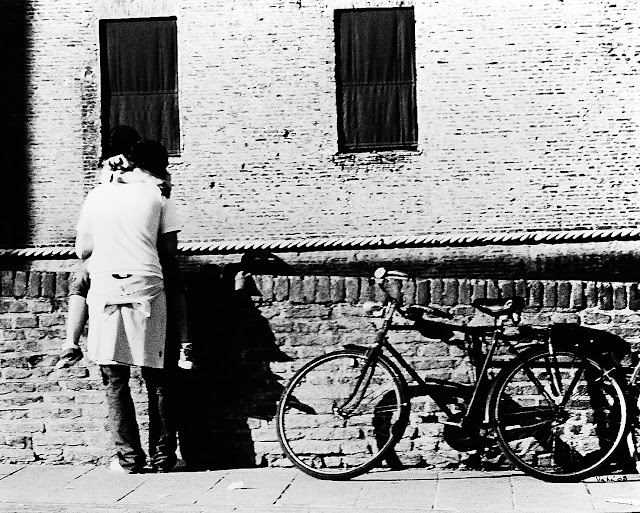Baltimore, a port-city, is sophisticated and epicurean. Southern and Northern attitudes mix very well to create a joie de vivre that I find unique.
The Inner Harbor and Fells Point are the popular spots where a street photographer finds the necessary surprises. One should never walk around Baltimore without a camera, unless you are like me and many stop me to ask "what is this?". Alas, only the old folks know what a film camera looks like and often someone smiles and says "I used to have one of these in 1960...!"
The first is from the Inner Harbor, on a Sunday morning. I laughed after I printed the picture thinking that the boy was wondering "Uncle Bob, is that really you????"
The second is from Fells Point. The Kamikaze seagull made an ordinary shot a bit more special.
The third and forth are back from the Inner Harbor. I rarely play with digital manipulations after scanning my pictures. These two were obviously touched up, because I wanted to give that special feeling of context.
The fourth was taken near the aquarium. You can see the submarine which was also in the preceding one. Her right hand seems to tease the shark's head of the submarine.
The fifth picture shows how I like to have fun with composition. This was an open air reception after a wedding, and it was in the Inner Harbor. The ladies were relaxed now with their shoes off but I still did not have a picture. Till I noticed that the groom, while fixing his socks, had lined up his head such that his friend's ears formed little horns on him!!!! A quick click (and a very noisy one on these cameras!) and I was laughing almost out-loud. You devil, you!
The sixth picture has a taste of that joie de vivre I mentioned at the outset: tall business centers, a city of steel, asphalt but also of that ocean so proud. And sitting by the water to feed the pigeons and seagulls is just the perfect respite from it all!
The last picture is from the Sunday open air market. Hope Gary is feeling better already!!
First four and the last photos taken with a Ukrainian Fed-2 sporting a Jupiter-3 lens. The fifth was taken with a Ukrainian medium format Salyut-C and a 90mm Vega 2.8 lens. The sixth picture was made with a 1949 Rolleiflex Automat and ASA 100 film.
©Vahé Kazandjian, 2013



















































